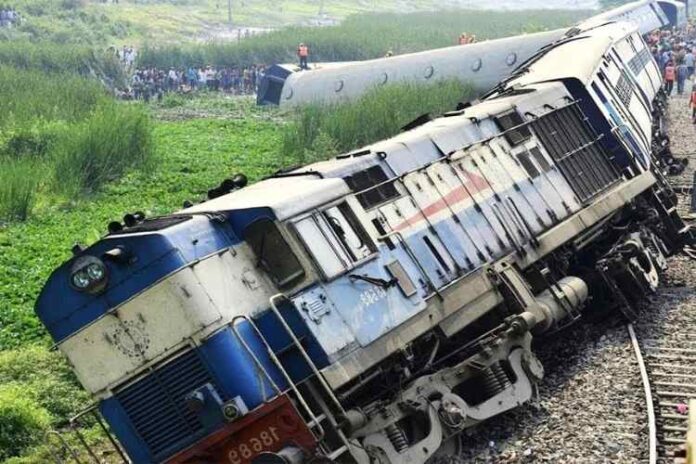There is a strong probability that if you reside in New York City, you have used the subway at least once, and there is an even larger chance that you use it on a daily basis to go to and from work or other social engagements. Accidents involving trains or occurring on or near platforms regularly result in serious injuries or fatalities. Despite the fact that the subway system is an essential component of our city’s infrastructure, it also has the potential to be hazardous.
Get in touch with an experienced train accident attorney.
If you have been hurt in a subway accident, do not hesitate to get in touch with knowledgeable railroad lawyers so that you may explore your legal options right away. When it comes to subway accidents, the statute of limitations is substantially shorter at only one year, in contrast to the three years that apply to auto accidents. Hiring a lawyer helps ensure that you don’t miss any important deadlines, which could cause you to lose out on financial recompense.
Some of the most prevalent reasons for accidents are as follows:
- Accidents like derailing and colliding between trains when there are two on the track.
- People were seen tumbling down the platform into the track below.
- Platforms with slick surfaces to walk on.
- Train stations have insufficient safety measures in place (such as cameras), which makes it possible for people to be assaulted, robbed, and engage in other illegal behavior.
- Electrocutions due to train problems
- A collision with a train occurs.
Common injuries sustained in subway accidents
Subway accidents frequently result in injuries that are comparable to those that may be sustained in a collision with a motor vehicle. After a subway accident, the following are the types of injuries that are most frequently reported:
- Accidents involving the neck and back
- Traumatic brain injuries (TBI)
- Bones that are fractured or broken.
- A variety of cuts and lacerations
- Internal organ damage
- Electrocution
- Ligament injuries
The terrible story of a two-year-old boy who was struck and killed by a New York City subway in December demonstrates that it is not necessarily necessary for a subway to collapse in order to inflict injury, as was indicated previously in this paragraph.








